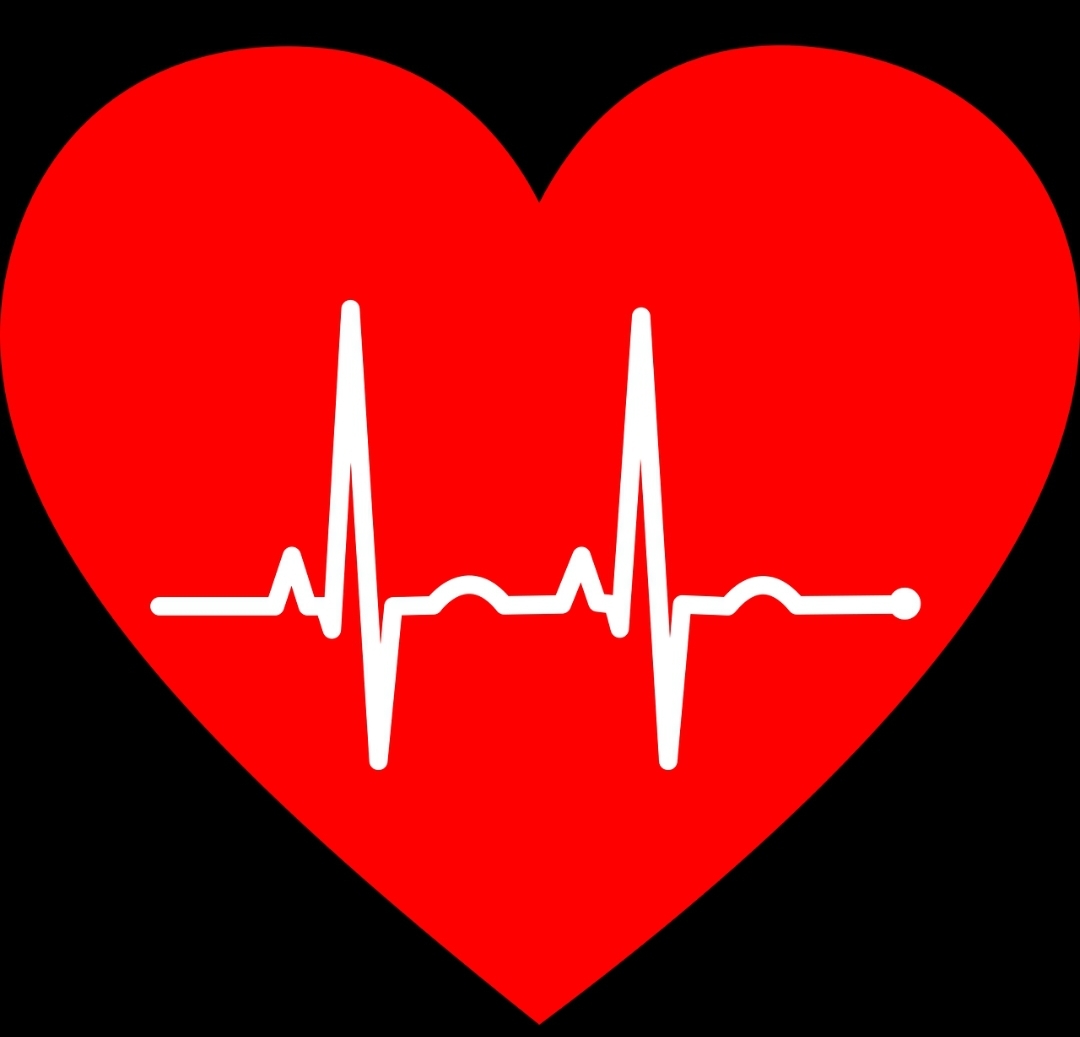(Originally published in Westchase WOW Magazine, February 2024)
February is the month of love in America. Retailers love it. According to the National Retail Federation, well over $20 billion dollars was spent on Valentine’s Day in the US last year. It is the florist’s biggest day of the year. Hallmark says only Christmas cards are sold more than Valentine Cards. Lots of jewelry is purchased and loads of reservations are made at restaurants. A few billion are even spent on pets.
February is also American Heart Month. Its purpose is to bring awareness to heart disease, which is the leading cause of deaths in the US; yes, higher than any other category including deaths by cancer. The cost to the healthcare system is substantially higher than Valentine’s Day, not to mention the cost of a life is priceless. Therefore, what better way to express love, than to literally take care of your heart?
Coronary artery disease is the most common heart disease. It happens when plaque builds up inside the walls of the arteries that supply blood to the heart. The plaque can cause the flow of blood to decrease or cut off. The heart is a muscle. If it doesn’t get enough blood, it can cause a heart attack.
There can be obvious signs of a heart attack, like severe pain or tightness in the chest. But symptoms are often much more subtle, like discomfort in your arm, neck, jaw, or back, and shortness of breath. Heart attacks require cardiopulmonary resuscitation (CPR) or a defibrillator to shock the heart to get it pumping again. According to the Center of Disease and Control half of Americans who have heart attacks have at least one of these conditions; high blood pressure, high cholesterol, are smokers.
Grant it, there are things that you cannot control. Age, family history, and certain medical conditions are not under your control and may increase your risk of heart disease. However, lifestyle is a factor that is often in your control and can be adjusted to decrease the risks of heart disease. It requires you taking action, like making changes to your diet, quitting smoking, and managing your blood pressure.
Some of the nutritional lifestyle changes to consider include:
Controlling portion sizes – become familiar with standard portions and the number that is appropriate for you.
Incorporate whole grains over processed.
Limit unhealthy fats – including saturated fats that come from animal products like bacon and sausage, whole milk, cream, and treats like cakes, and cookies.
Limit sodium from processed meats, frozen and canned foods, and restaurant dishes.
Take heart. Bless your heart by taking care of it.






Leave A Comment